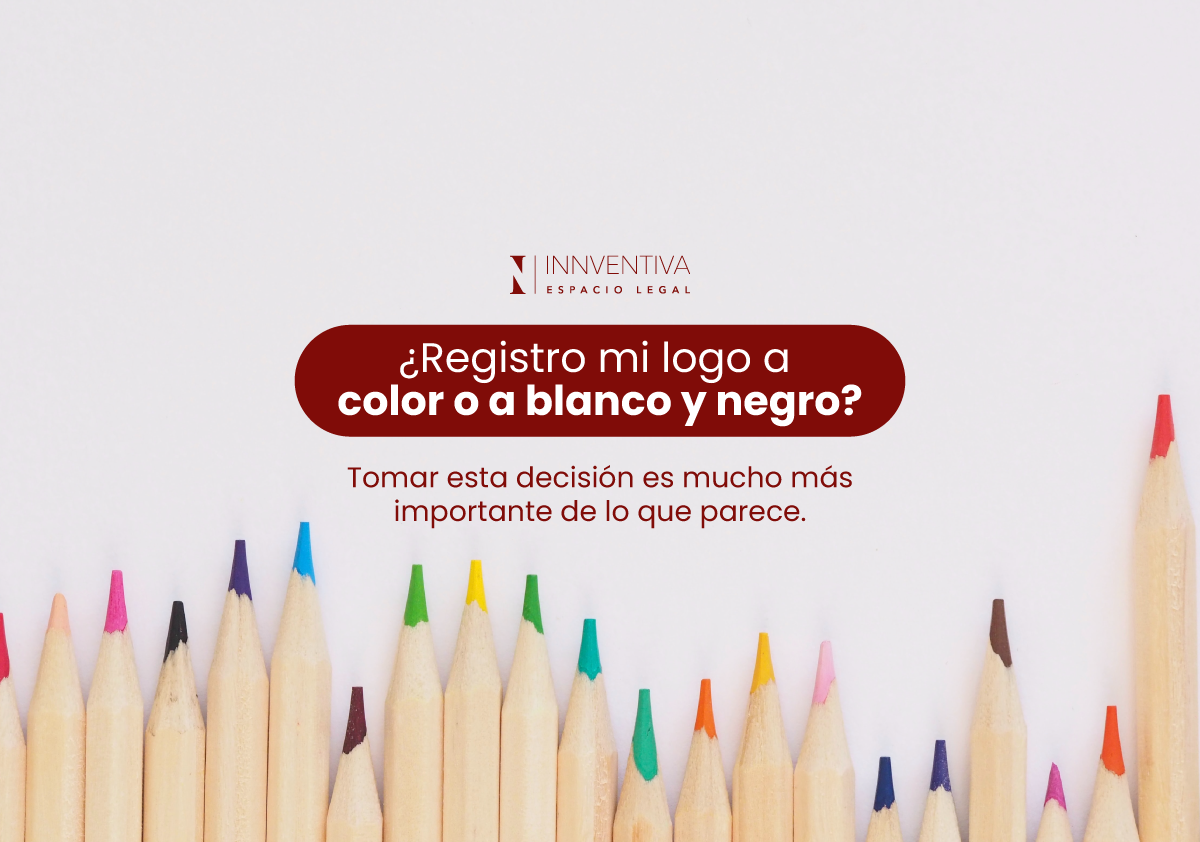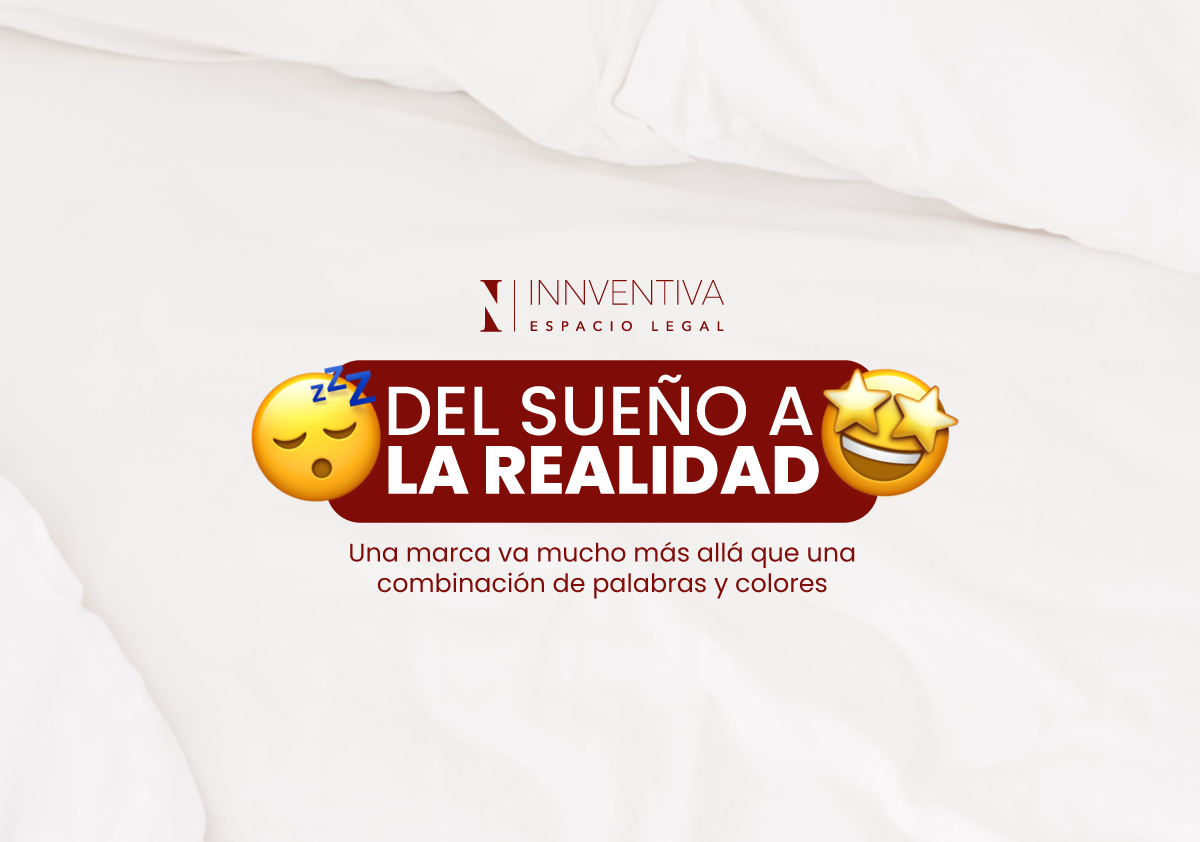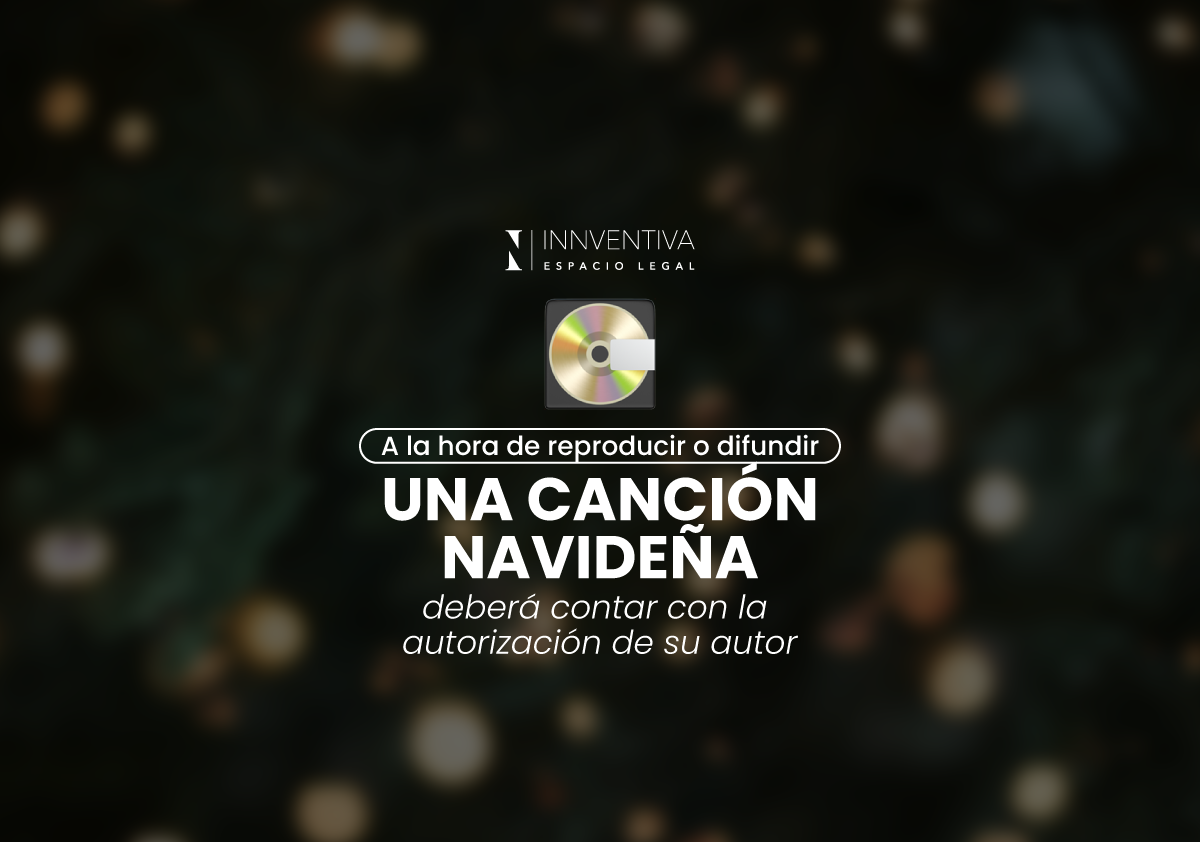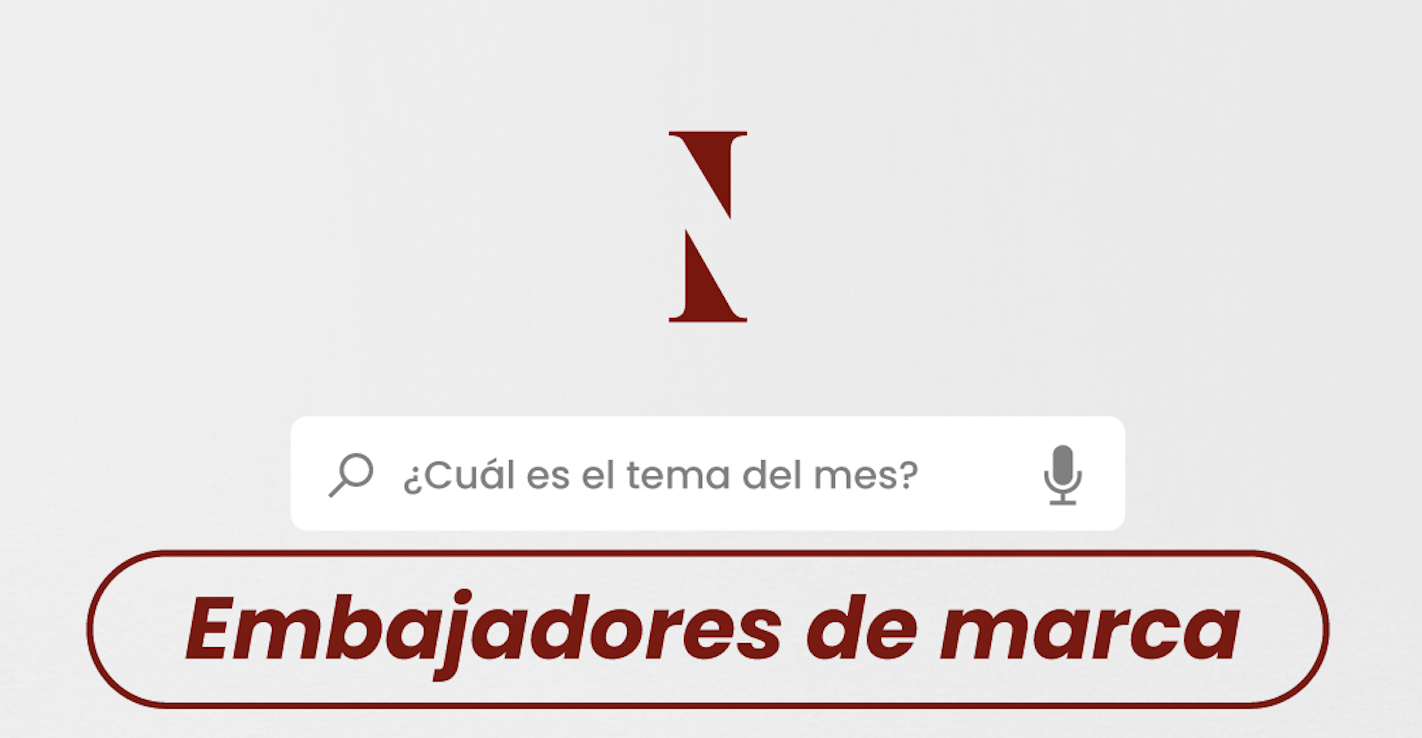Should I register my logo in color or black and white?
When registering your brand, you must decide whether it is necessary to proceed with the registration of your logo, or simply the name of it. So we explain what you need to know to make this decision that is much more important than it seems.
Is this logo and its colors definitive?
If you already have the definitive logo with its colors and there is no way you will change these, then it would indeed be most advisable to register your brand’s logo. If you are still unsure about this logo, the smartest thing to do is to proceed with the registration of a denominative brand. This is because once the logo is registered, it is not possible to make modifications to it unless you request another registration. Protection is granted to that composition of figures, which may or may not contain letters.
If it's definitive, should I register it in color or black and white?
Although it may be a surprise to many people, there is indeed the possibility of claiming rights over the colors presented in your logo. But, how do I know if I should do this or not? Simple, claiming the colors limits your logo, once you have claimed the use of those colors, there will be no opportunity to change or modify them within the same registration.
Not claiming colors weakens arguments for potential trademark infringers, as they will not be able to argue that they are “using different colors.” An advantage of registering your logo in black and white is that it will allow you to play with colors and modify them either due to a trend or because you really want to rebrand the colors that identify your business.
However, if you understand that the colors of your brand are essential to distinguish its products or services, and that these colors really make the difference between your brand and others in the market, then the most sensible thing is to claim them. This claim consists of naming the colors you seek to protect, making them appear in your brand registration certificate at the end of the procedure.
Therefore, large brands usually register their logos both in color and in black and white, to have the maximum possible protection. However, you should know that each case is different and will require personalized assistance. You can write to us at info@innventivalegal.com so that together we can ensure your brand and other intangibles of your business.
Written by the Innventiva Legal team. If you want to learn more about this and other intellectual property topics or receive legal assistance for your new projects, write to us at info@innventivalegal.com







